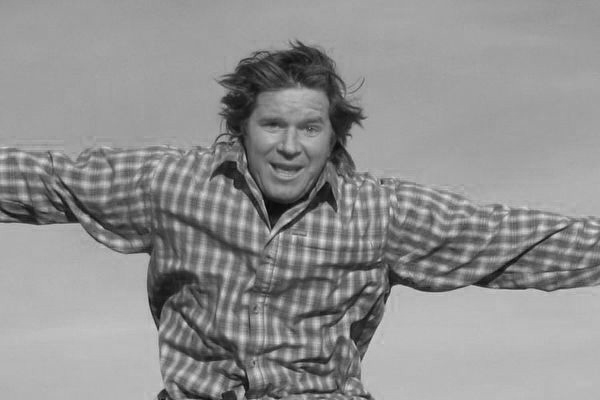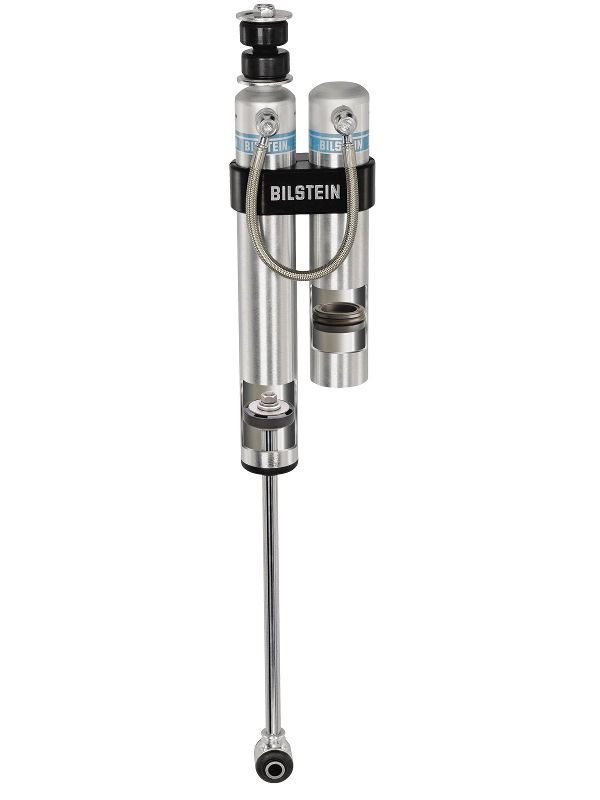
 Fred Williams
Brand Manager, Petersen’s 4Wheel & Off Road
Fred Williams
Brand Manager, Petersen’s 4Wheel & Off Road
It has been four years since the Jeep Wrangler JK was introduced. This may not seem like a long time, but many JK owners have modified, mangled, and rebuilt their JK already for optimal off-road performance. Yes, JKs are great right out of the box, but you know darn well that we four-wheelers can’t leave good enough alone.

Take Mike, for example. Mike buy’s a JK, and then he takes it off-road. He goes rockcrawling, camping, down to Baja, Mexico, and even uses it to tow his race car, all while driving it every day to work. He adds a lift kit and bigger tires, and before long the use (and abuse) begins to show. His suspension joints are getting worn out, his shocks feel shot, and just driving down the highway becomes a chore as the Jeep tries to change lanes and acts squirrelly during turns. It’s time for a freshening up, and for that Mike turns to Rock Krawler Suspension for a long-arm suspension and Bilstein shocks.
Before we go any further let’s explain that Mike is Mike Shaffer of Shaffer’s Off-Road in Oakland, California, and his JK really has been through the ringer. We stopped in and followed the suspension rehash as well as discussed the pros and cons of the long-arm suspension they installed.
The underside of the four-door Jeep Wrangler we’re upgrading has dings, dents, and rust. It has seen plenty of miles in its short four-year life. The Jeep has a basic short-arm suspension system that is fine at stock height but can induce axle steer when the vehicle ride height is increased.

The Rock Krawler long-arm suspension kit we installed is not bolt-on; it requires cutting and welding. The benefit of the long-arm suspension is the increased length of the suspension links that move the axle in a more gradual arc during wheel travel. This gradual arc reduces the movement of the axle fore and aft, which can reduce detrimental driving characteristics.

Disassembly of the old (we’re being facetious when we say “old”) Jeep involves removing all the prior suspension links. The exhaust on the driver’s side of the Jeep also needs to be cut and relocated, making this a more involved install than a bolt-on short-arm suspension.

Taking a plasma cutter or torch to the suspension mounts on your new Jeep may make you cringe, but we know there are many JK Wrangler owners who, like Shaffer, are ready to go to the next step with their 4x4. If you do not feel qualified to cut and weld on your vehicle, you may want to have the kit installed professionally.

Technician Sean Nolan installs the front link mounts to the frame by first bolting them in place to previous frame holes just in front of the transmission crossmember. These mounts are farther back than the short-arm mounts and come powdercoated black. The coating needs to be ground off in certain places for proper welding.

The front suspension only use a single upper link, which works great but is worrisome to some owners because it reduces security against a link failure. Rock Krawler does offer a dual upper link system if requested, but they know of no failures so far with the single upper link.

To finish the front end, a new track bar and raised track bar mount are installed along with the relocation of the steering draglink to the top of the passenger-side steering knuckle. With the track bar raised and leveled, the front axle will be less prone to move side-to-side during suspension travel.

The rear suspension also has longer link arms, but like the front the rear will now only have one upper link and two lowers along with a track bar. The single rear upper attaches to an axle truss over the rear differential.

Original rear link mounts need to be cut off of the frame, but be careful on the passenger side where they reside next to the fuel tank. Careful use of a reciprocating saw reduces the chance of an explosion.

The new Rock Krawler rear track bar and axle truss have to be precisely installed to avoid interference and for optimal pinion angle. We recommend cycling the suspension before any permanent welds are burnt in.

Over time the bolt holes in the factory link mounts can become oblong from excessive use. Though the frame mounts are replaced with the Rock Krawler kit, the lower axle mounts are reused. Shaffer welded thick washers on the mounts to strengthen them for future abuse.

The rear upper link is attached to a center crossmember mount above the driveshaft. The three-link with track bar design offers greater articulation over most four-link with track bar setups.

The rear suspension frame mounts also require moving for the longer links. These links are solid bar stock and very heavy and heavy-duty. Rock Krawler also offers a lighter aluminum link option.
PhotosView SlideshowBecause the Jeep was lifted prior, we chose to keep the previous coils. Rock Krawler can supply coils or upgrade the suspension to the company’s own coilover shocks. For shock duty we went with the new Bilstein 5160 remote-reservoir shocks with billet reservoir clamps.

The Bilstein 5160 line offers bolt-in replacement shock upgrades for many Jeep, Dodge/Ram, Ford, Chevy, and Toyota vehicles. The shocks have digressive valving in the body to allow for slow speed control of body roll and sway yet less harshness at higher speeds off-road. Bilstein also adds a floating piston in the reservoir to reduce oil and air cavitation and increase cooling and wheel travel.

Is It worth the effort?
Since the installation of the Rock Krawler long-arm, Shaffer has found the Jeep to be very stable both on- and off-road. Long, sweeping highway ramps are less squirrely due to the fresh suspension links and mounts as well as the longer arm. The Bilsteins have renewed the control that the suspension requires. Though cutting and welding may be a big job for a new Jeep owner, the results are worth the effort.


